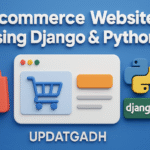
Best Farm Management System Project Using Python – Complete Guide
Farm Management System
Introduction
A simple project based on Farm Management System which is developed as a web-based application to help farmers and farm owners manage their daily operations in an organized way. Farming is not only about growing crops or taking care of livestock — it also requires proper record keeping, data analysis, and decision-making. This system is designed to bring all those aspects together into a single platform.
With the help of this project, farmers can easily manage and monitor important details such as crops, employees, livestock, machinery, egg production, and milk production. Instead of keeping paper records or depending on manual processes, everything is stored and managed digitally, which saves time and reduces errors.
For students, this project provides a great opportunity to learn how software can be applied in agriculture, one of the most essential industries in the world. It involves database integration, record management, and reporting, which are practical concepts for real-world applications. By working on this project, learners can understand not just the technical side of development, but also how technology can directly improve efficiency in farming.
The Farm Management System is more than just a coding project — it represents how modern solutions can help solve age-old challenges in agriculture. It’s an excellent choice for students who want to combine technology with real-world impact and gain practical experience in building meaningful software applications.
Project Overview
| Project Name | Farm Management System |
|---|---|
| Language/s Used | Python (Django Framework) |
| Database | SQLite |
| Type | Web Application |
Download New Real Time Projects :-Click here
Available Features
The Farm Management System comes with a well-structured set of features that allow users to manage various farm-related activities. Below are the available modules included in this project:
1. Crop Management
The crop management section enables farmers to record and analyze crop operations effectively. It includes:
- Planting details and associated fields.
- Crop variety and name tracking.
- Recording of operations such as planting, irrigation, and harvesting.
- Expense tracking with supplier and payment details.
- Sales management with buyer information, invoices, and payment status.
2. Employee Management
This section acts as a hub for workforce management. It maintains:
- Employee names and phone numbers.
- Position and responsibilities.
- Salary records for transparent payroll.
- Performance tracking for assessments.
3. Livestock Management
Livestock records can be efficiently maintained with:
- Age, breed, and type of each animal.
- Production details such as feed consumed and output.
- Observations and comments for better management.
This ensures that livestock production cycles are documented and analyzed effectively.
4. Machinery Management
Efficient use of machinery is critical in farming. This module provides:
- Equipment details including purchase price and purchase date.
- Operations performed using the machinery.
- Maintenance activities to ensure longevity and efficiency.
5. Egg and Milk Production
This module focuses on recording animal production activities:
- Daily, monthly, and yearly production tracking.
- Feed consumption versus production comparison.
- Graphical analysis for better visualization of trends.
- Number of animals involved in each production cycle.
Installation Guide (VS Code)
Follow the steps below to set up the Farm Management System on your local machine using Visual Studio Code:
Step 1: Extract the Project
Download and extract the Farm Management System folder on your computer.
Step 2: Open VS Code
Open Visual Studio Code and select the project folder.
Step 3: Create Virtual Environment
Open a terminal in VS Code and run:
python -m venv venv
Step 4: Activate Virtual Environment
For Windows:
venv\Scripts\activate
For MacOS/Linux:
source venv/bin/activate
Step 5: Install Dependencies
Install the required packages:
pip install -r requirements.txt
Step 6: Run Migrations
Apply the database migrations:
python manage.py migrate
Step 7: Create Superuser
Create an admin account to access the dashboard:
python manage.py createsuperuser
Step 8: Run the Development Server
Start the server:
python manage.py runserver
Step 9: Access the Application
Open your browser and go to:
http://localhost:8000/
Usage
The Farm Management System is structured with modules that make it easier for different roles to operate:
- Admin: The admin has full control of the system. They can log in through the admin dashboard, manage crop records, add or update livestock details, handle machinery records, and oversee employee management.
- Farm Owner/Manager: The manager uses the system to track day-to-day farming activities like expenses, sales, production trends, and employee performance.
- Employees: Employee details and performance can be recorded by the admin, but employees themselves do not directly interact with the system.
This division of roles makes the project realistic and closer to real-world farm management applications.
Configuration
The project is customizable. Users can adjust settings, modify templates, or extend features based on the unique requirements of a farm. For example, additional crop varieties, livestock types, or machinery records can be added easily within the system.
Contributing
Contributions are welcome to improve this project. To contribute:
- Fork the repository.
- Create a new branch for your feature or bug fix.
- Make your changes with proper commit messages.
- Submit a pull request with details of your changes.
This process helps maintain a structured and collaborative development cycle.
License
This project is licensed under the MIT License. You are free to use, modify, and distribute the project in compliance with the license terms.
This project is primarily intended for educational and learning purposes.
Final Thoughts
As a student exploring this project, the Farm Management System stands out as both educational and practical. On the technical side, it strengthens concepts of Django development, database design, and web application structure. From a real-world perspective, it addresses genuine agricultural challenges by providing a centralized system for managing farm operations.
For students, it is a great project to showcase in portfolios or academic submissions, as it highlights skills in Python, Django, and problem-solving through software. For farmers, it offers a tool to manage operations efficiently and move towards data-driven farming.
We have projects Available in all languages:–Click Here
farm management system project source code
farm management system project github
agriculture management system project in python with source code
farm management system project report pdf
agriculture website project with source code pdf
farm management system project in java with source code
farm management system project in java with source code github
farm management system project in php
farm management system project using python with source code
farm management system project using python github
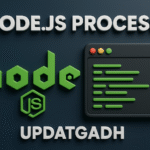






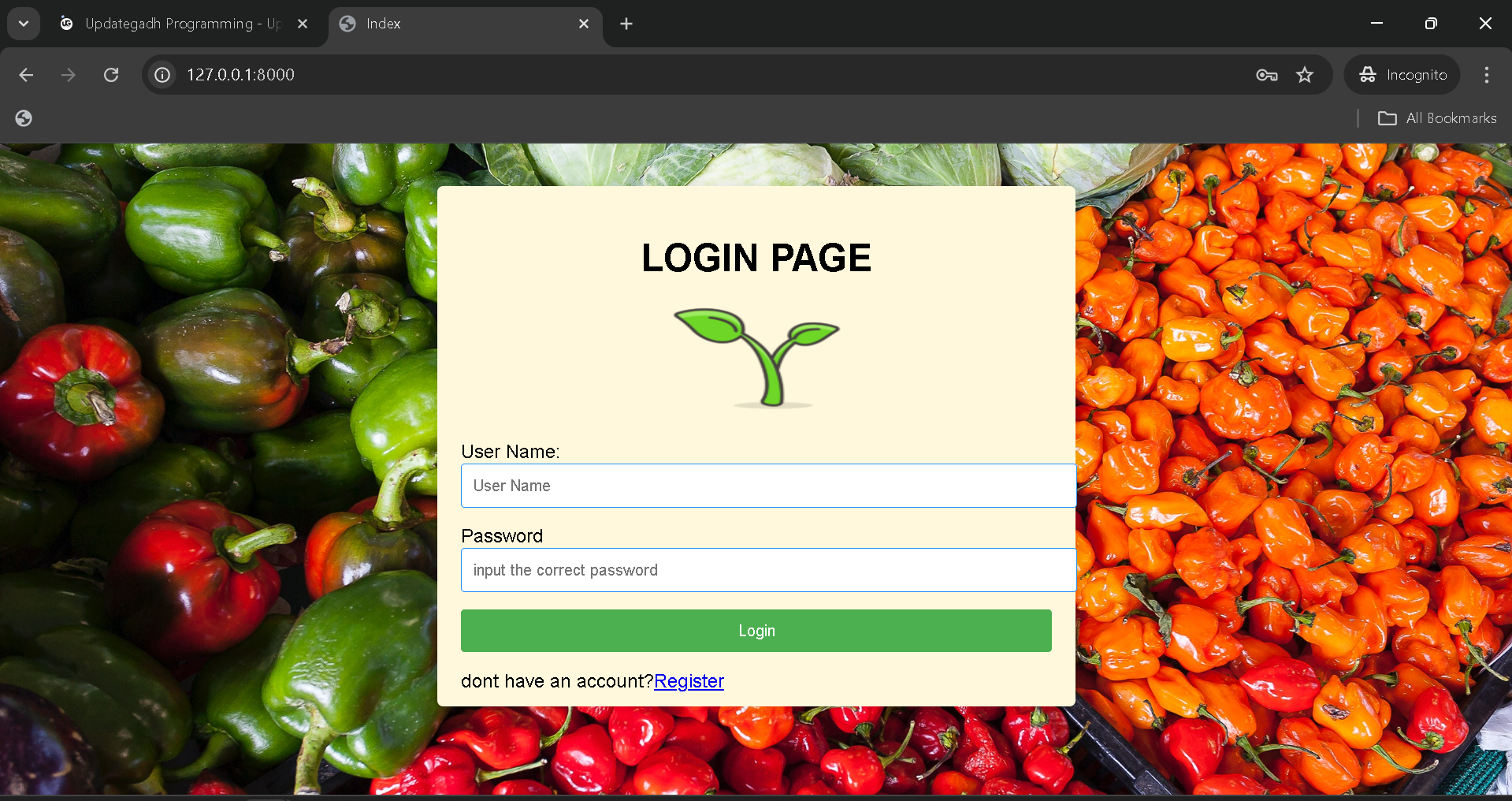
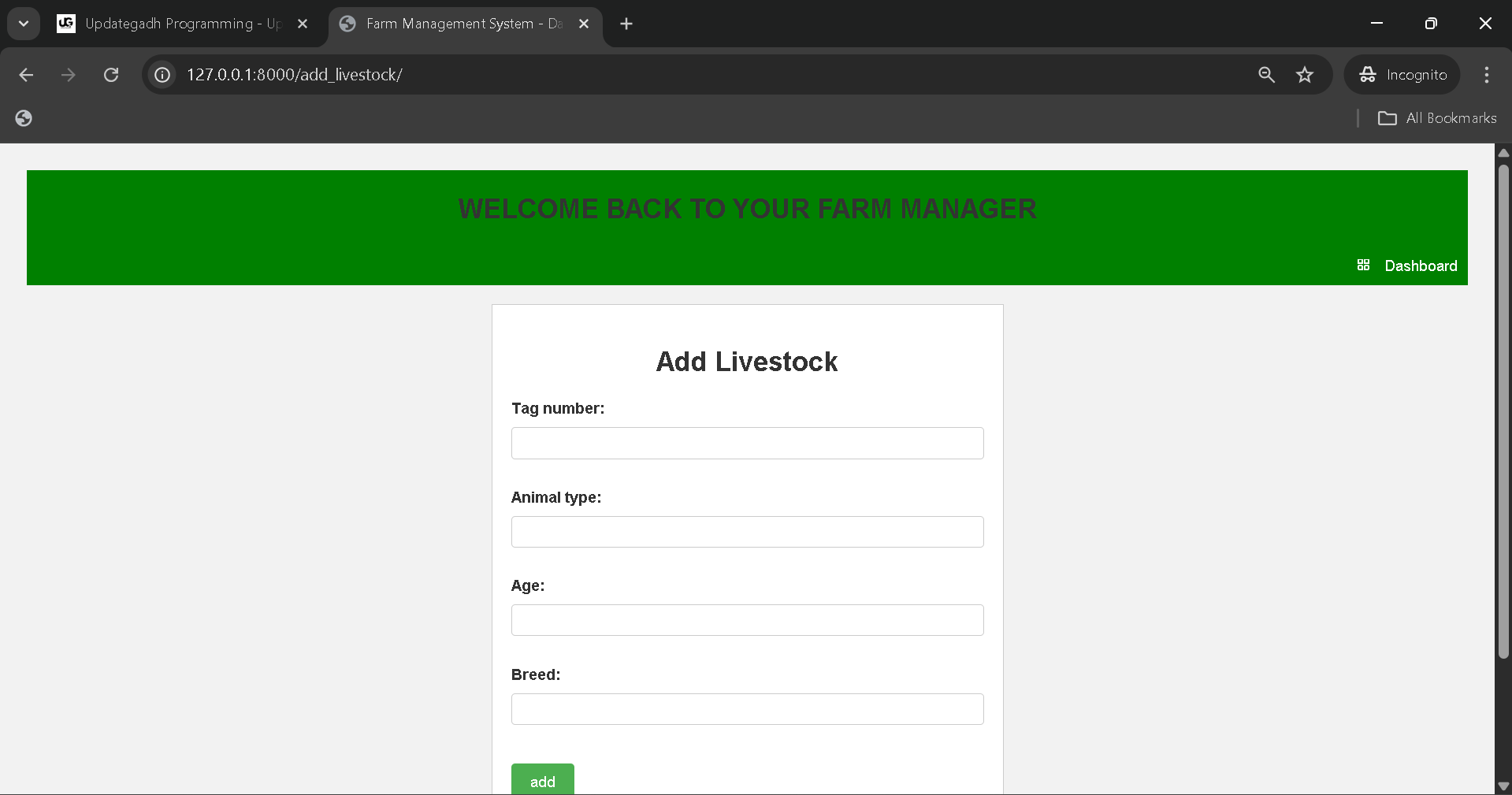
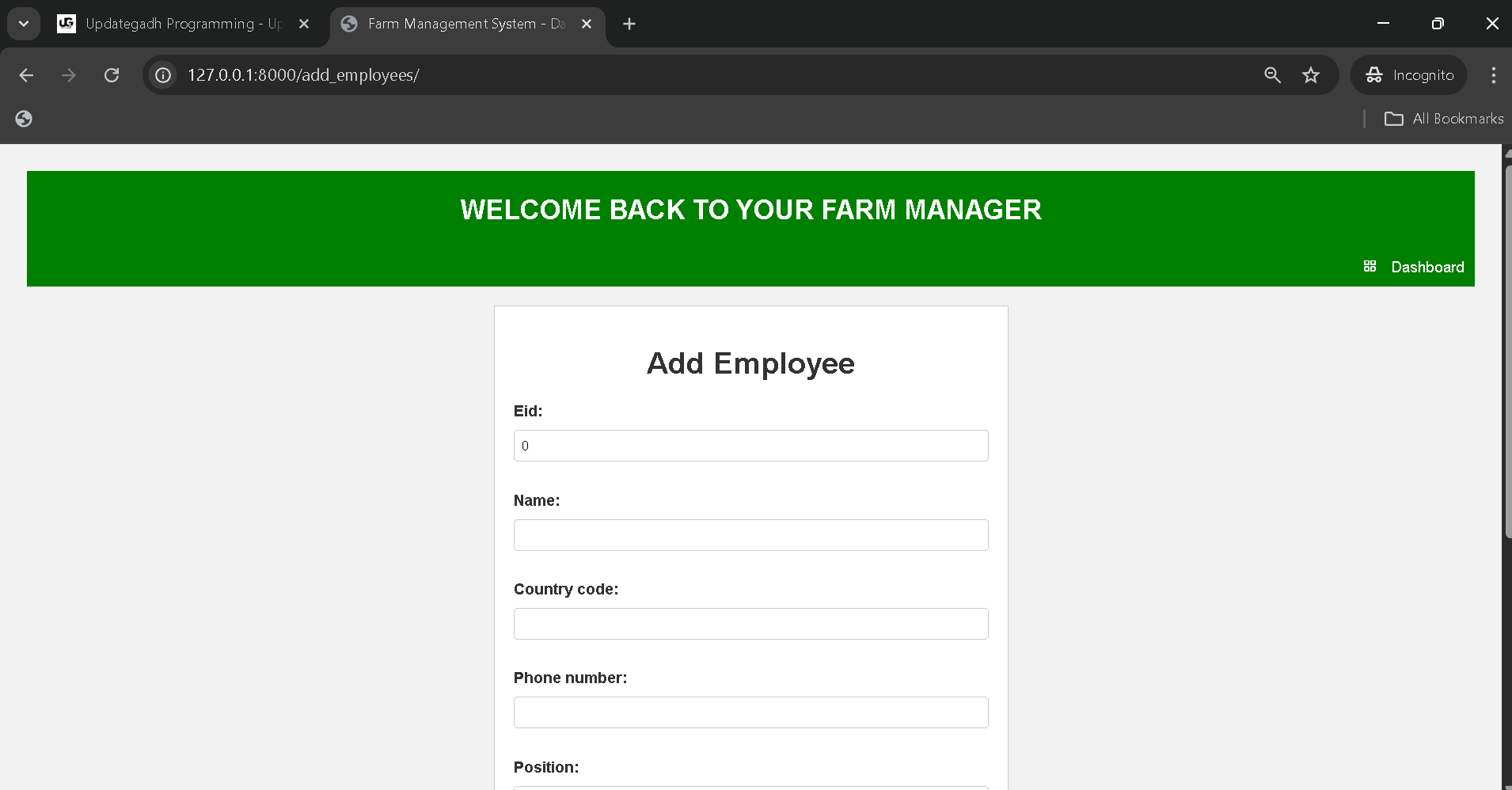
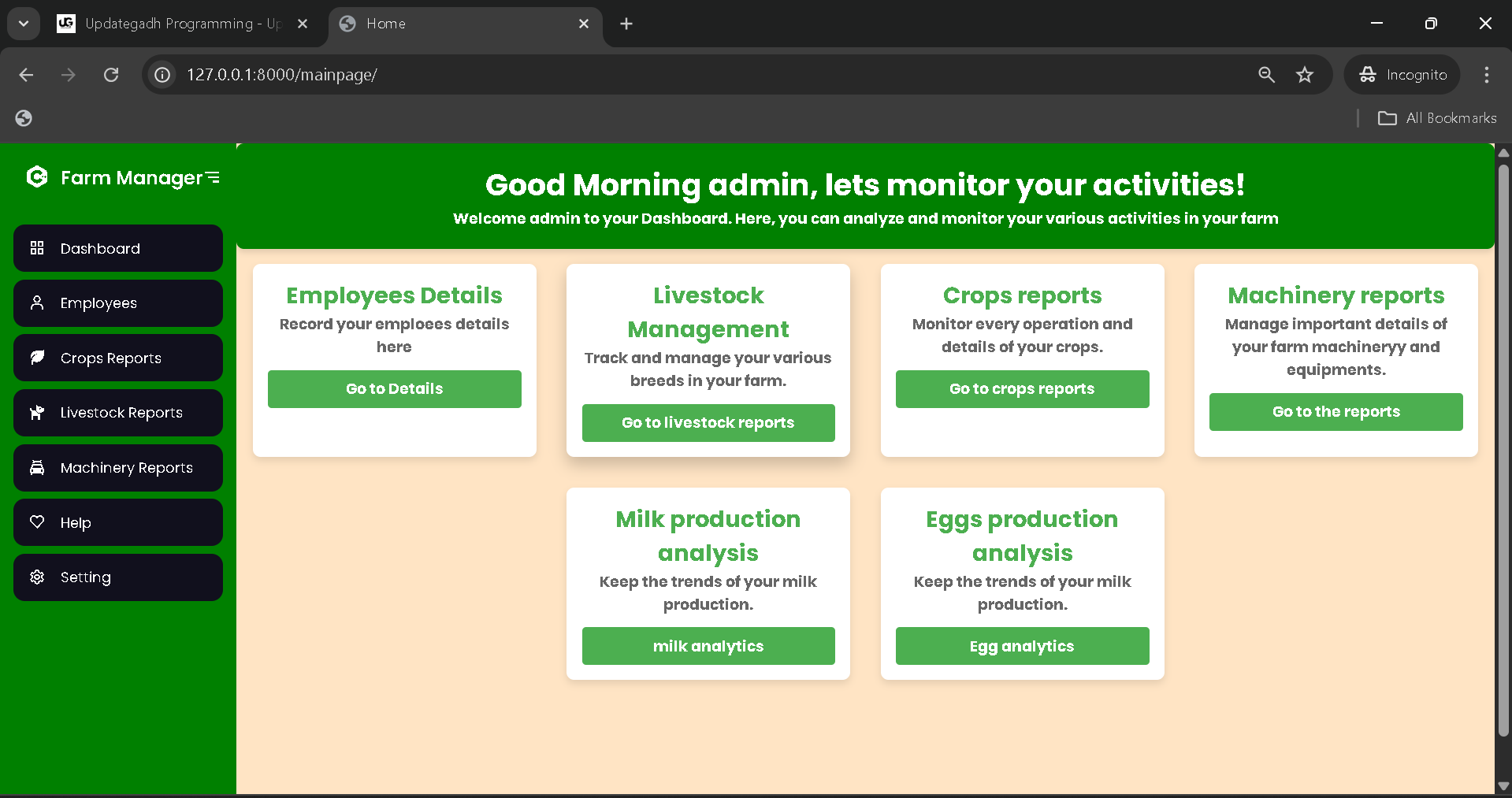
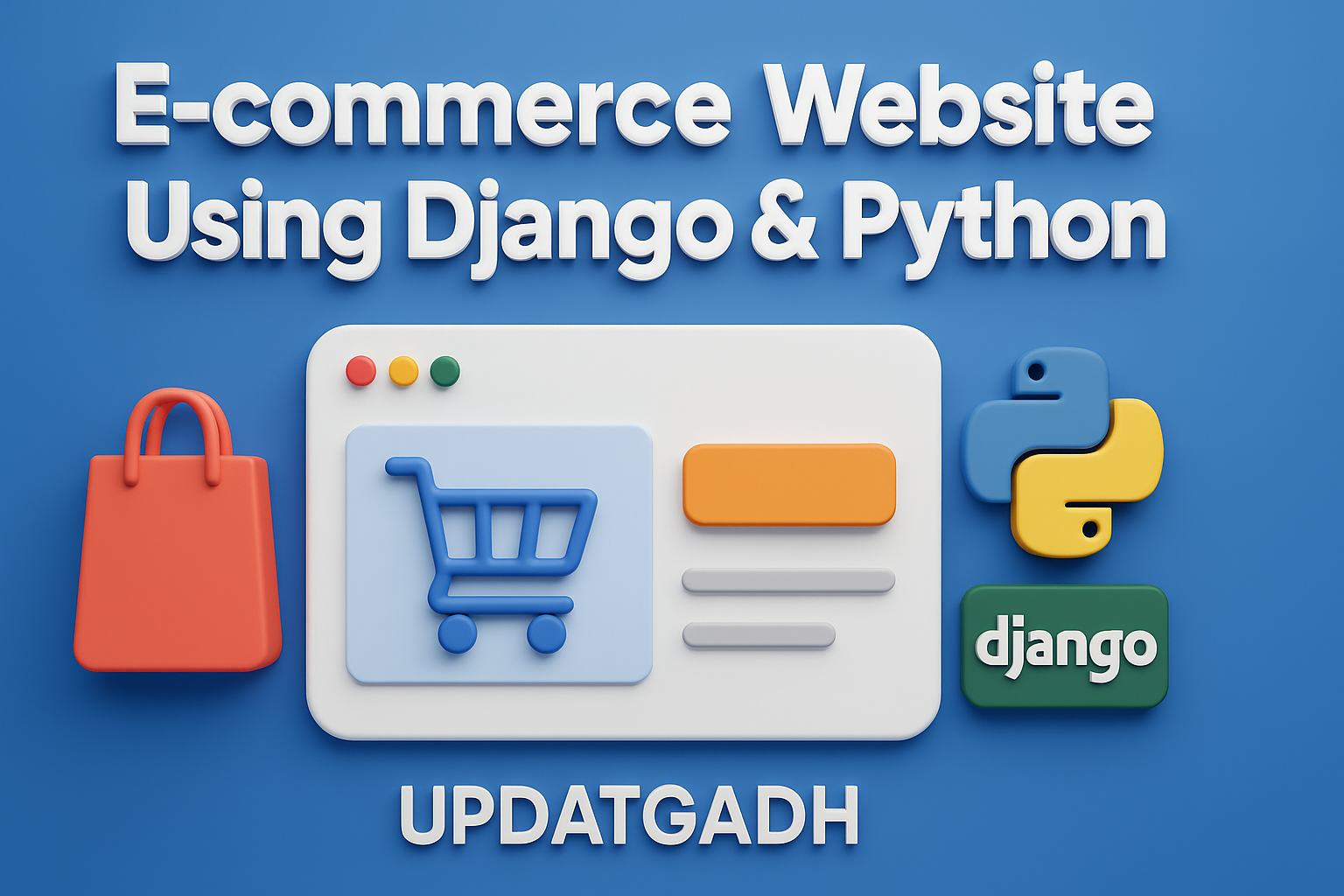
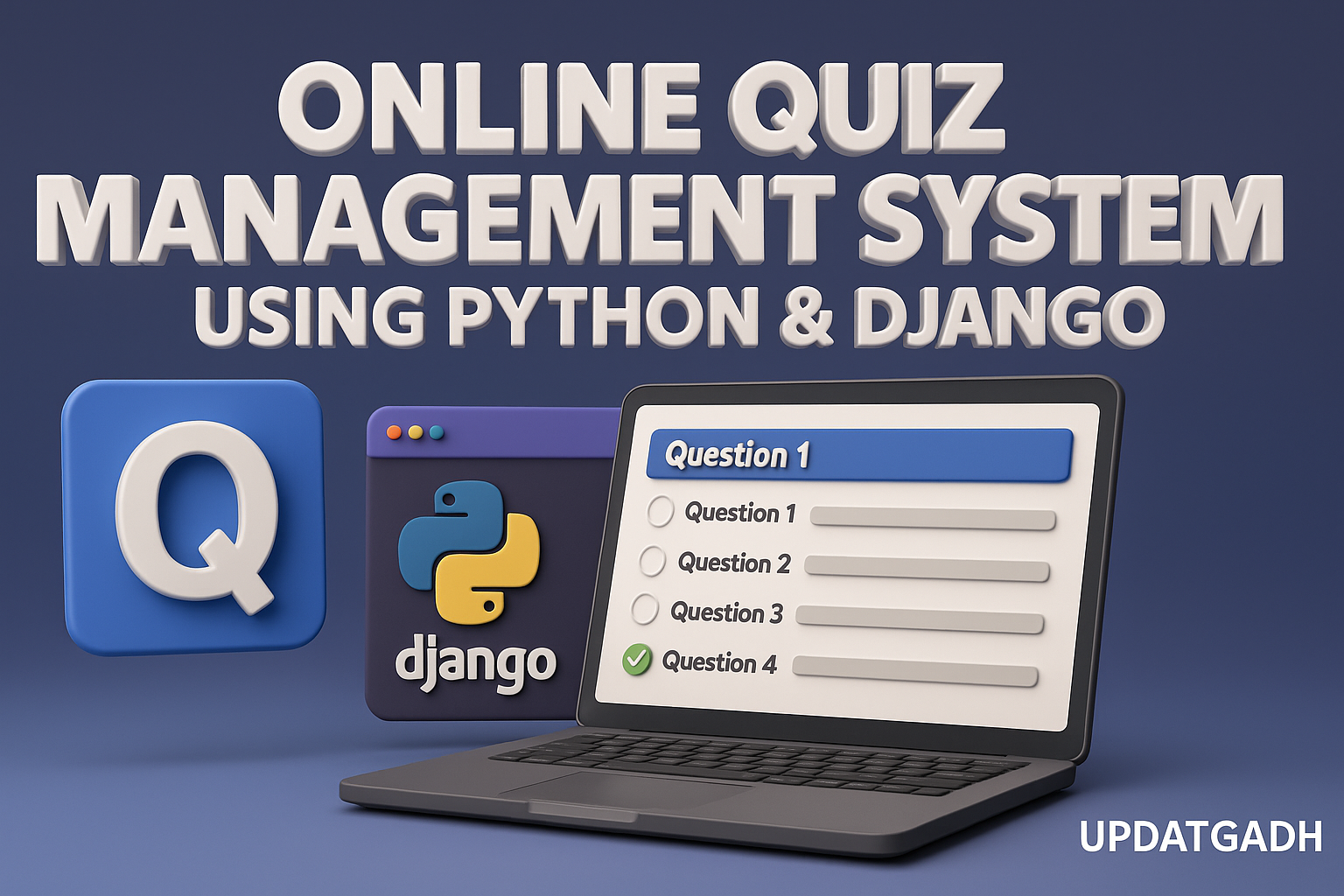
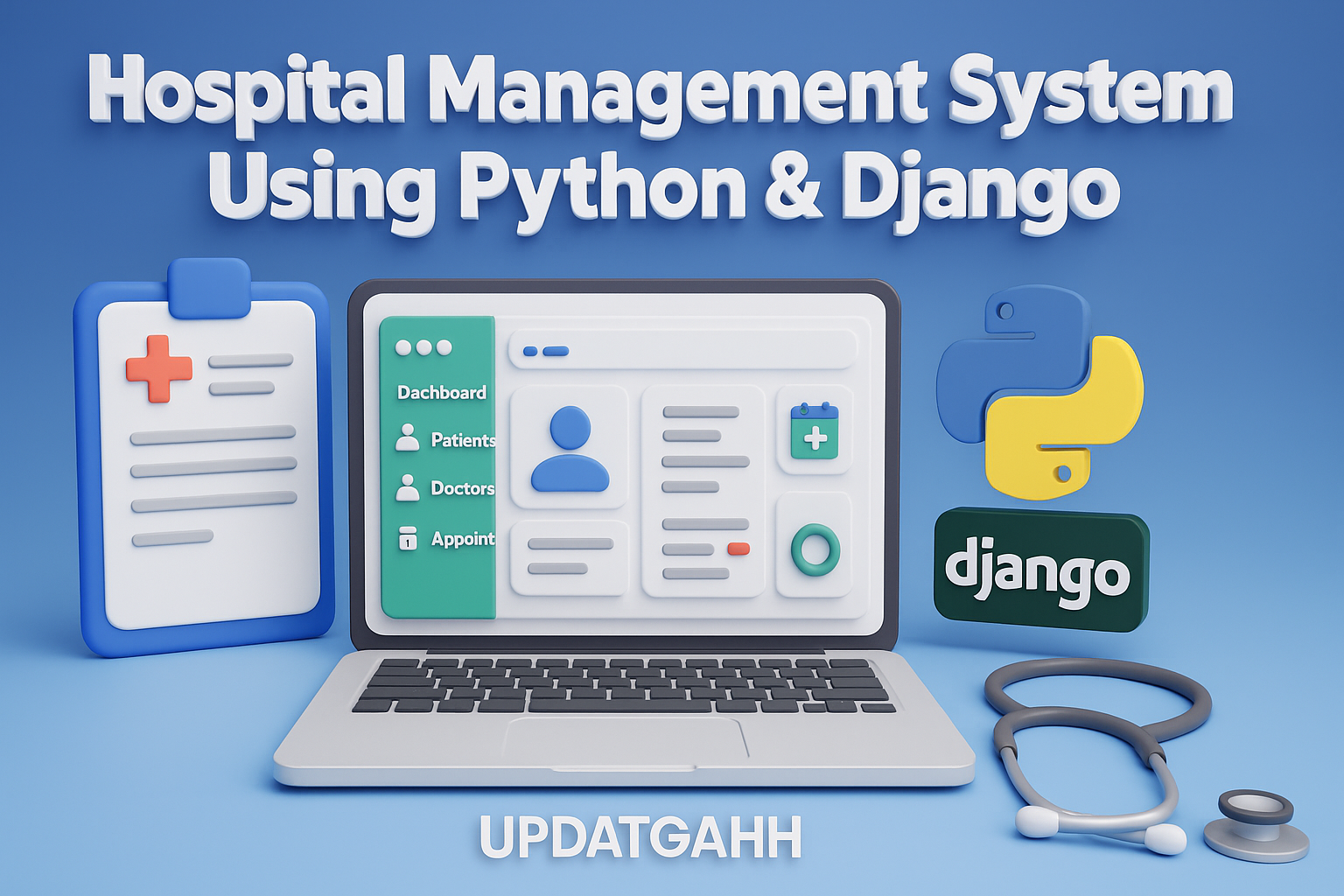
Post Comment